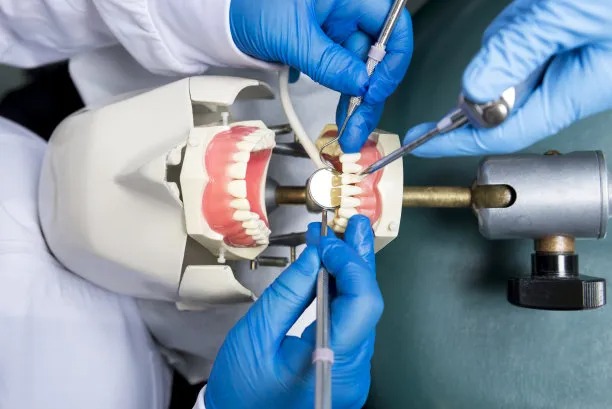Revolutionizing Smiles and Dental Health with Innovative Dental Implant Technologies for a Brighter Tomorrow
Summary: As dental implant technologies advance, they are revolutionizing smiles and dental health, paving the way for brighter tomorrows. This article explores the transformative impact of innovative dental implants in four key areas: improved patient experiences, enhanced durability and functionality, advancements in bio-materials, and the integration of cutting-edge technology. These aspects collectively work to provide patients with a higher quality of life and better dental health, ultimately making cosmetic and functional solutions more accessible and effective.
1. Improved Patient Experiences with Implants

The patient experience has always been a central focus in dentistry, and innovative dental implant technologies enhance this aspect significantly. One notable improvement is the reduction in recovery time. Traditional implants often require a lengthy healing process; however, new techniques that utilize a minimally invasive approach allow patients to return to their daily lives much faster.
Moreover, advancements in anesthesia and sedation methods ensure that patients experience minimal discomfort during procedures. This can foster a more positive attitude towards dental treatment, encouraging those who may have been reluctant to visit the dentist to seek necessary care.
Additionally, personalized treatment plans facilitated by digital scanning and 3D imaging technology improve the vast range of options available for patients, allowing them to choose solutions that best fit their needs and lifestyle preferences.
2. Enhanced Durability and Functionality of Implants
One of the primary concerns regarding dental implants has always been their durability and functionality over time. However, recent innovations have led to the development of stronger and more resilient implant materials. These enhancements mean that implants can withstand greater pressure and last significantly longer, providing patients with a sense of security in their investment.
Furthermore, the implementation of immediate loading protocols enables patients to receive their final prosthesis much sooner than traditional methods allowed. This results in a more functional solution that does not compromise aesthetics, allowing individuals to smile with confidence during the early stages of healing.
Lastly, advancements in the design of implants, such as improved surface textures and shapes, lead to better osseointegration— the process where the implant fuses with the bone. This integration further enhances the durability and stability of the implants, ultimately translating into better long-term outcomes for patients.
3. Advancements in Bio-Materials for Implants
Innovative dental implant technologies leverage advancements in bio-materials significantly. The introduction of biocompatible materials, which mimic natural tissue properties, has allowed for better integration into the body, minimizing the risk of rejection or infection.
The use of titanium, a staple in implant materials, has evolved to include surface modifications that enhance the healing process and osseointegration. New coatings and treatments have been developed to promote bone growth and improve the overall success rates of implants.
Moreover, researchers are exploring advanced materials, such as zirconia, which not only provides strength but also offers a more natural appearance, addressing aesthetic concerns for patients. This shift towards materials that combine functionality with visual appeal is crucial in ensuring patient satisfaction.
4. Integration of Cutting-Edge Technology in Dentistry
The integration of technology into dental practices has been a game changer, particularly for dental implants. Digital technology has revolutionized the planning and execution of implant surgeries, allowing for precision and accuracy that were previously unattainable. Techniques such as computer-guided implant surgery lead to superior positioning of implants, thus enhancing outcomes.
Moreover, the incorporation of 3D printing technology has opened new doors in the customization of dental implants. Practitioners can create bespoke solutions tailored to each patient’s unique anatomy and dental needs, resulting in a personalized and effective treatment.
Furthermore, augmented reality (AR) and virtual reality (VR) are being explored for educational purposes, helping both patients and dental professionals to visualize procedures and outcomes more clearly. This innovation plays a critical role in ensuring informed consent and enhancing the overall patient experience.
Summary:
In summary, the realm of dental health is experiencing a revolutionary transformation thanks to innovative dental implant technologies. By improving patient experiences, enhancing durability and functionality, advancing bio-materials, and integrating cutting-edge technology, these implants not only redefine smiles but also contribute to better dental health practices for all.
In essence, the future of dentistry looks brighter than ever, filled with opportunities for improved care and patient satisfaction.
This article is compiled by Vickong Dental and the content is for reference only.


